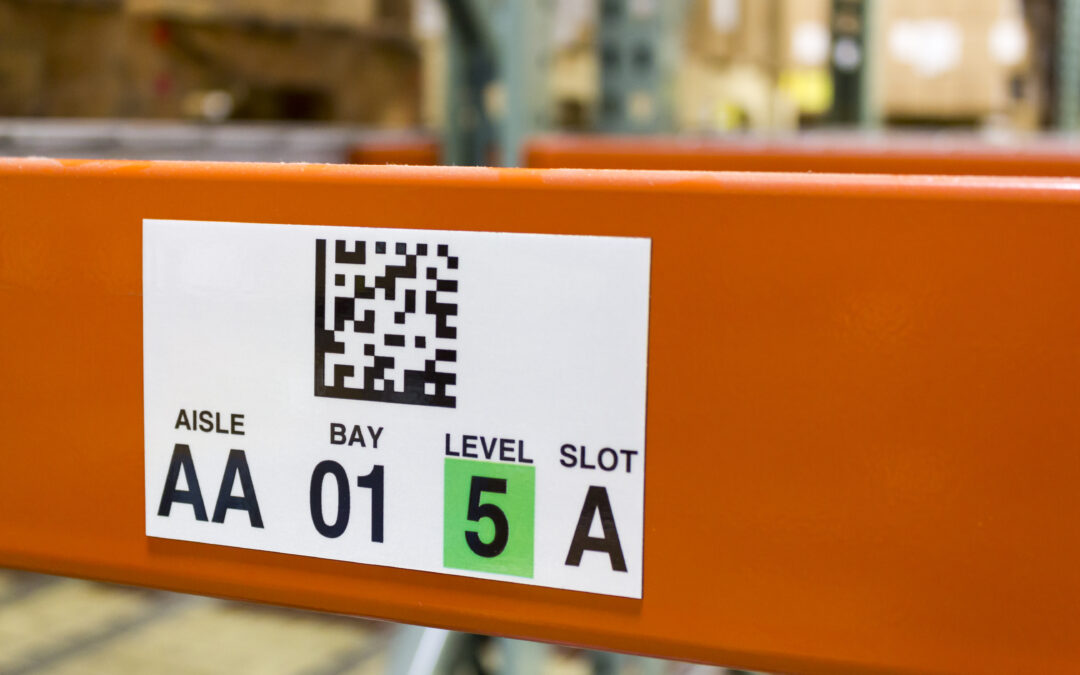1D barcodes have been around since the mid-1970’s. This novel creation was a pivotal turning point on the amount of time and money it took on stocking and shipping inventory. Then came the rise of the technological age. The 2D barcode, created in 1987, came along to enhance the scanning system. But it hasn’t been until recently that 2D barcodes have increased in popularity.
2D barcodes have upped the game. They have created an even faster and far more efficient method of tracking stock and inventory. 2D barcodes can be scanned in any direction and orientation and contain a much higher density of data into a very small footprint. 2D barcodes can contain far more complex information than a 1D barcode.
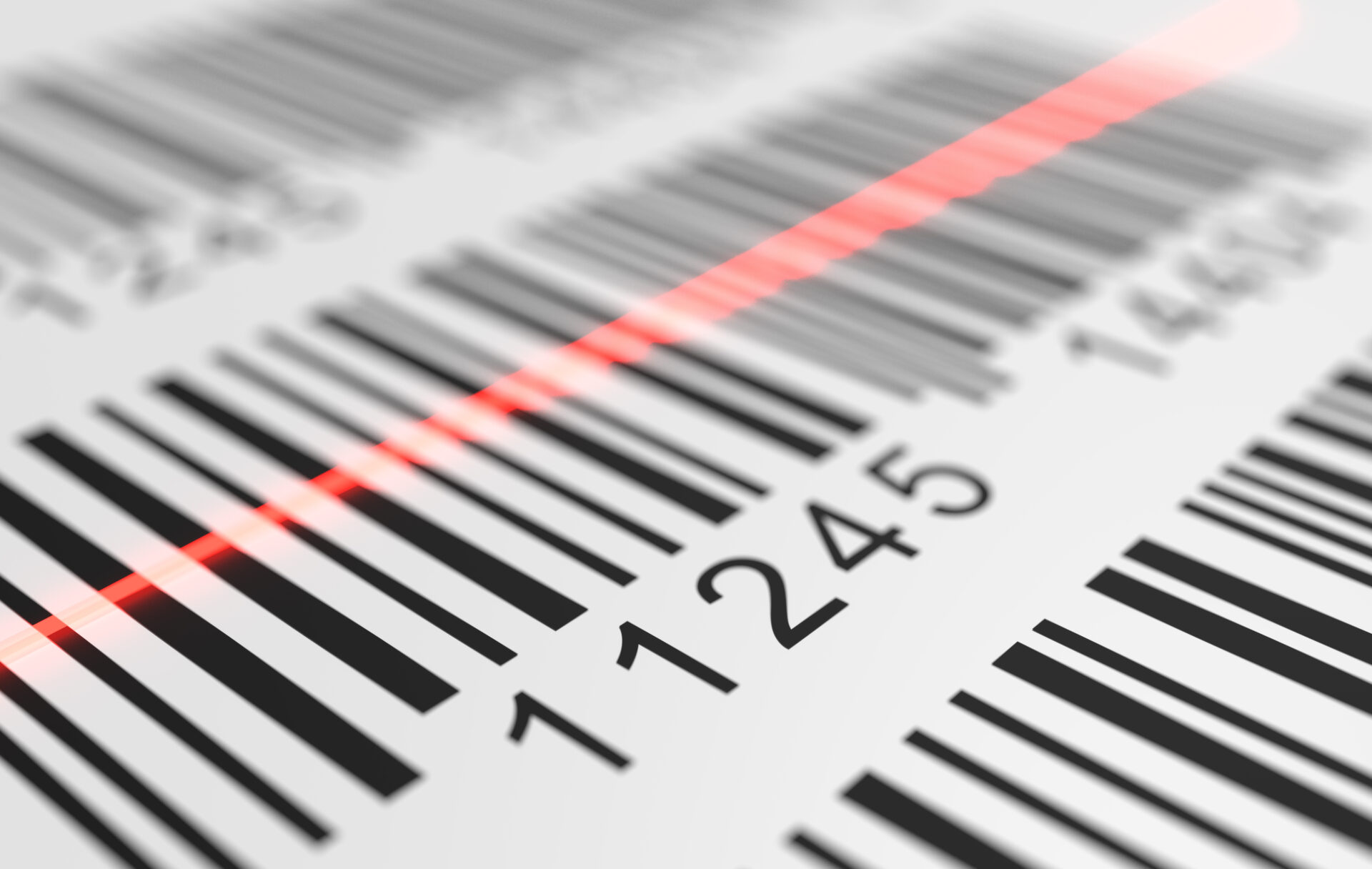
Scanning equipment has been enhanced to ensure that 2D barcodes can be scanned up to 50 feet away with a virtually indestructible Imager.
Printing technology has been upgraded so that you can print and verify 2D barcodes at your facility, ensuring your quality is top notch.
Is your warehouse up to date? Why not? What is the intent of waiting when it only limits your warehouse efficiency and can cost you more money in the long run with chargebacks and fines for unreadable barcodes?
Enhanced Scannability
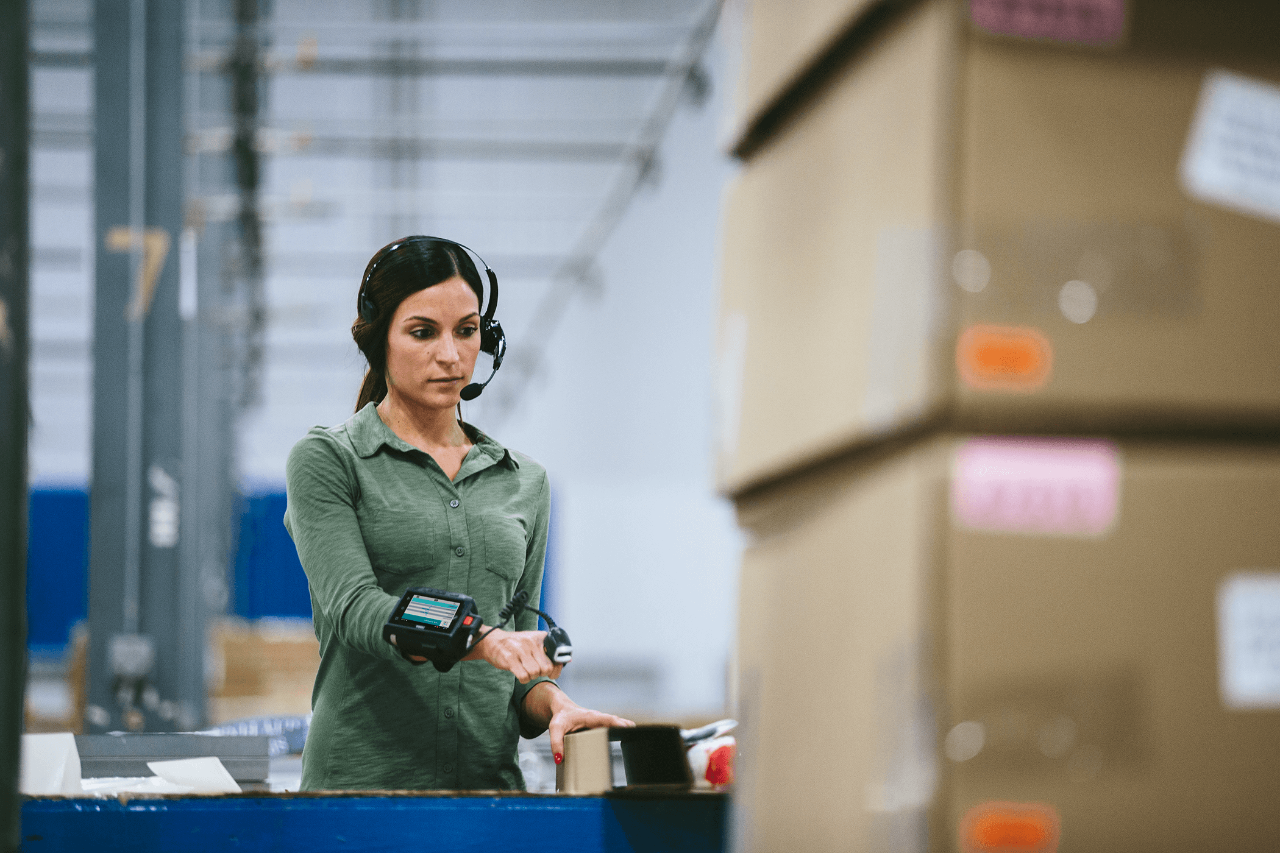
Gone are the days of frustration and pain, making sure the angle and distance of the 1D barcode are exactly right for scanning. The precision needed can cause delays on conveyors to make sure every barcode is in the right place. It can case having to make multiple attempts to scan the barcode, eating up productivity rates. And the repetitive movements with handheld devices can cause carpal tunnel syndrome.
2D barcodes can be scanned from any direction or orientation, increasing work efficiency and productivity. If the barcodes are worn out or slightly damaged, the readers can actually interpret the missing information to provide accurate information on the product. 2D barcodes can even be scanned up to 50 feet away.
Higher Data Density in a Smaller Footprint
1D, or linear, barcodes can only hold approximately 20-25 characters. The more data you need in a 1D barcode, the longer it has to be. 2D barcodes can have a higher data density in a smaller space. 2D barcode labels use patters, shapes, and dots to encrypt as much as 2,000 characters in the same amount of space as a 1D barcode.
On top of containing more data characters, 2D barcodes can also contain images, website addresses, and binary data. This means that a 2D barcode can work independently of a database, unlike 1D barcodes. 2D barcodes improve efficiency through data access and enhance flexibility for label design on smaller items.
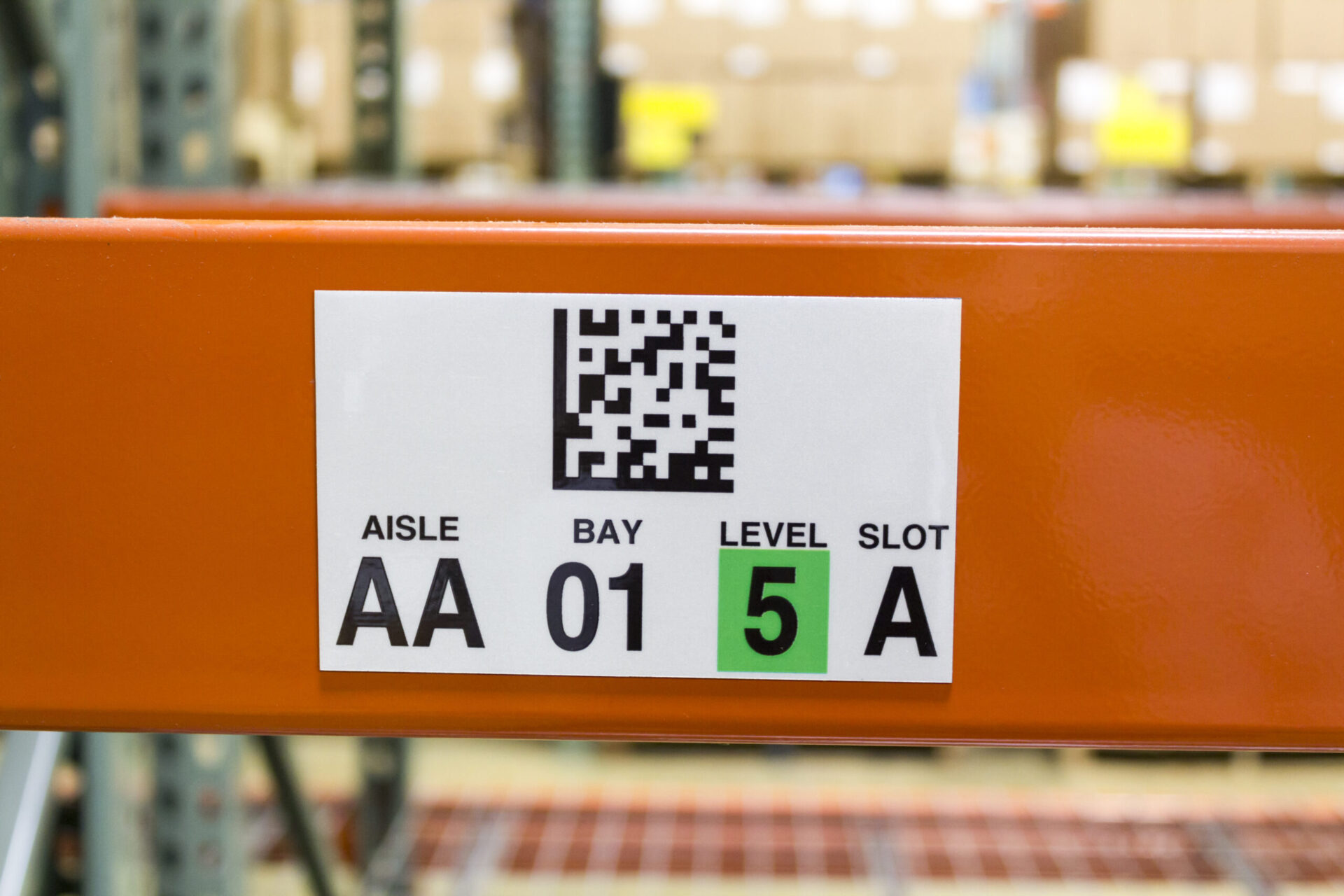
Contains More Complex Information
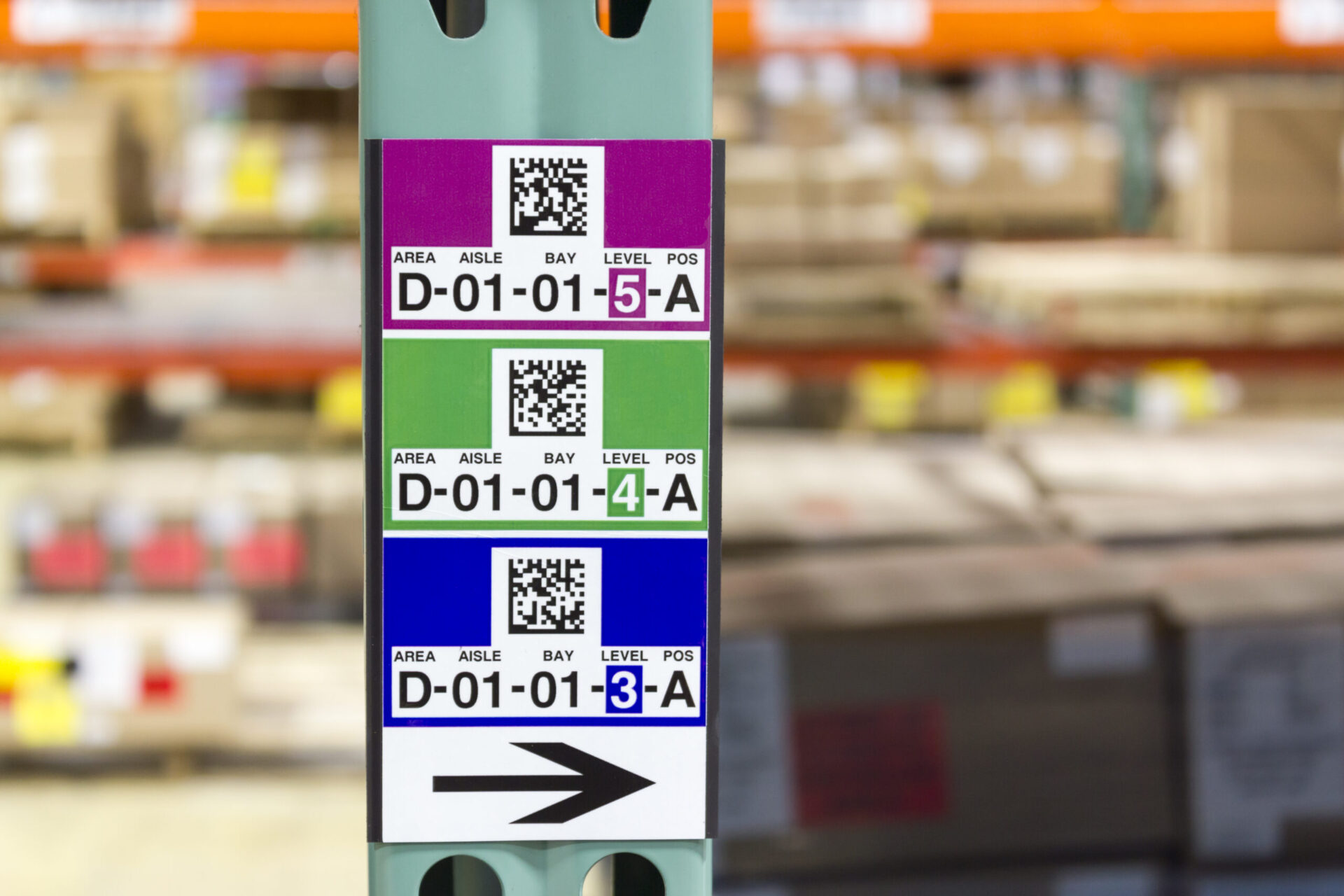
Types of 2D codes include PDF417, DataMatrix, QR code, MicroPDF, and Aztec Code. These types of codes increase the integrity of the information contained in the 2D barcode, minimizing human error in data entry.
Another critical aspect to 2D barcodes and the complex information they contain, is how they minimize the possibility for counterfeiting. This is a major factor for the automotive and medical/pharmaceutical industries. By maximizing upon the 3D information contained in the barcodes and varying the color and light intensity of pixels, the information stored in the code creates a unique identity to verify that the product is legitimate.
Improved Printers and Scanners
With the upgrading of 2D barcode capability, other equipment had to evolve as well to keep up. 2D barcodes are scanned only with imager-based scanners. However, these imagers are practically indestructible and come in a better variety than just a wand. The Honeywell Granit Series, Honeywell Xenon 1900 Series, Zebra DS3500 Series, and Zebra 3600 Series are some of the best options for handheld scanners.
Fixed mount barcode scanners, such as the Cognex, can scan the labels without having to halt production to realign the barcodes.
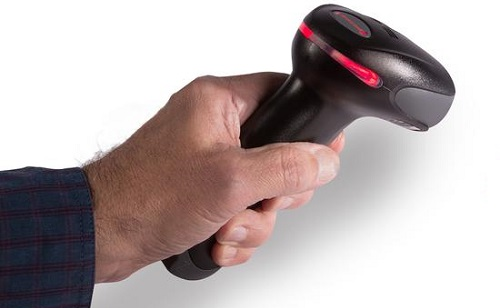
Upgrade Your Barcodes
If you are experiencing chargebacks and fines because your barcode labels cannot be read, then maybe it’s time to bring your barcode use into the now.
it’s time to bring your barcode use into the now. 2D barcodes have increased in popularity due to the amount of complex information they can contain and the improvements on minimizing counterfeiting.
Scanner and printer technology are fully capable of keeping up with the 2D barcode demand. Are you?
Contact us today to see what we can do for you.
